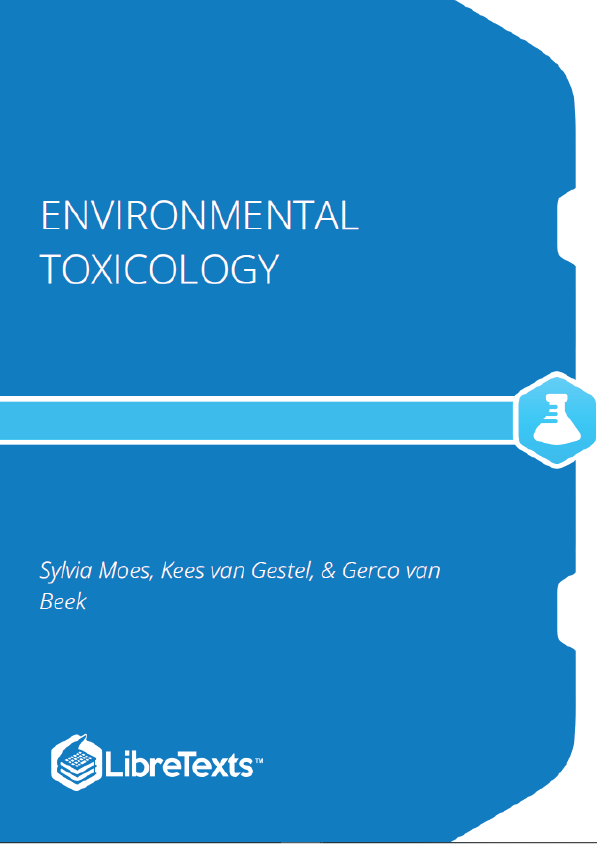Learning objectives
You should be able to:
- list and describe the five categories of DPSIR;
- structure a simple environmental problem using the DPSIR framework;
- describe the position and role of environmental toxicology within the DPSIR framework;
- indicate the most important advantages and disadvantages of the DPSIR framework.
Keywords: Drivers, pressures, state variables, impacts, responses
On the one hand, environmental toxicology is rooted in more fundamental scientific disciplines like biology and chemistry where curiosity is an important driver for gathering new knowledge. On the other hand, environmental toxicology is a problem-oriented discipline. As such, it is part of the broader field of environmental sciences which analyses the interactions between society and its physical environment in order to promote sustainability. Within this context, knowledge about the interactions of substances with the biotic and abiotic environment is being generated with the ultimate aim to prevent and address potential pollution problems in society. To be able to contribute optimally, an environmental toxicologist should know how pollution problems are structured and what the role of environmental toxicologists is in analysing, preventing and solving such problems. A widely used framework for structuring environmental problems is DPSIR. DPSIR stands for Drivers, Pressures, State, Impacts and Responses (Figure 1). The aim of the current section is to explain the DPSIR framework.
Communication tool
Communication is essential when analysing and addressing societal issues such as environmental pollution. As an environmental toxicologist, you will have to communicate with fellow scientists to develop a common understanding of the pollution problem, and with policy makers and stakeholders (e.g., producers of chemicals and consumers that are being exposed to chemicals) to explain the scientific state of the art. It is likely that you will use terms like “cause”, “source” and “effects”. However, not everybody will use and perceive these terms in the same way. Some people may argue that a farmer is the main cause of pesticide pollution, whereas others may argue that it is the pesticide manufacturer, or even the increasing world population. Likewise, some people may perceive the concentration of pesticides in water as an effect of pesticide use, whereas others may refer to the extinction of species when talking about effects. These differences may result in miscommunication, complicating scientific analysis and the search for appropriate solutions.
The DPSIR framework is a tool that helps preventing such communication problems. It provides a common and flexible frame of reference to structure environmental issues by describing these in terms of drivers, pressures, state (variables), impacts and responses (Figure 1). Flexibility is an important characteristic of the framework, enabling adaptation to the problem at hand. The DPSIR framework should not be considered a panacea or used as a mould that rigidly fits all environmental issues. Its main strength is that it stimulates communication between scientists, policy makers and other actors and thereby supports the development of a common understanding.











